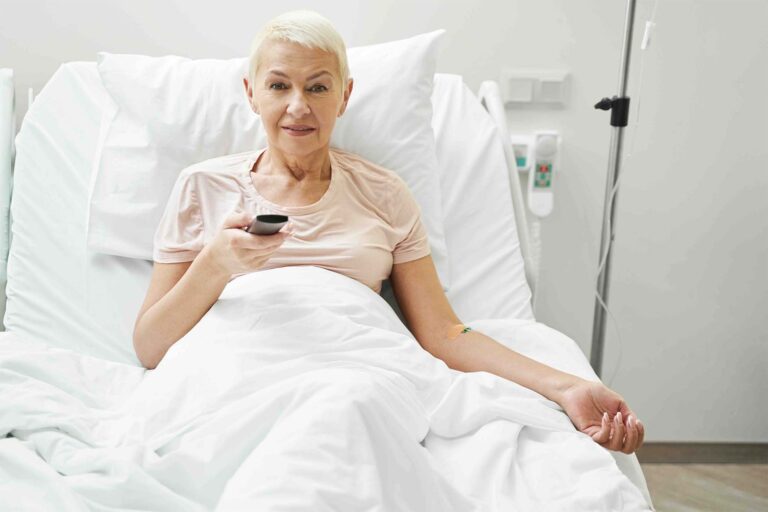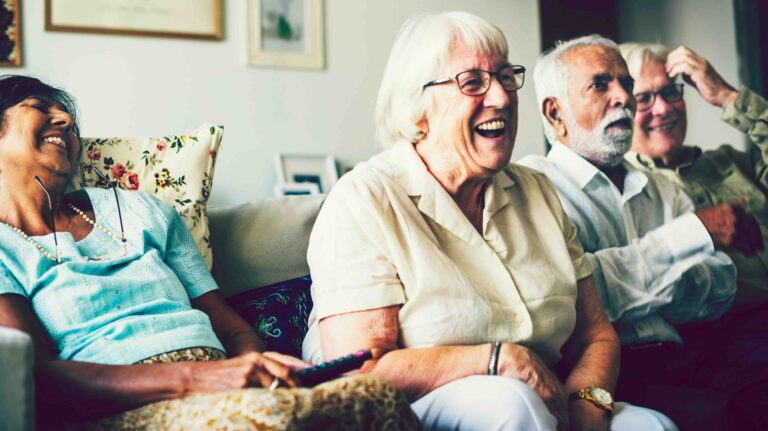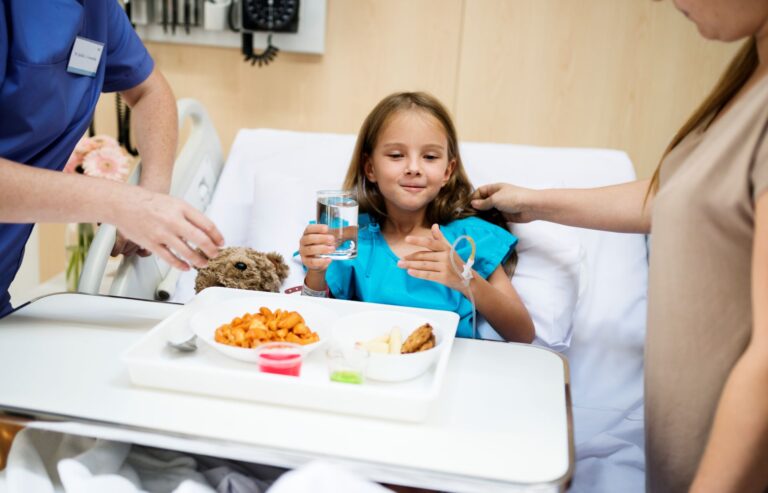2020’s coronavirus pandemic has forced a number of industries to adapt to survive; operational procedures have been analysed and reimagined, with the implementing of a contactless experience, priority number one (especially in the healthcare industry, where infection control has always been a central agenda).
Covid-19 has accelerated not only the advancement of technology, but the adoption of products and services designed to mitigate the spread of infection – resulting in a multitude of competing solutions entering the market.
Mission Critical – implementing the right technology
With this glut of solutions jostling for attention in an already crowded marketplace, the decision to invest in new technology is not straightforward – especially when factoring in the importance of getting it right.
So, investing in, and implementing the right technology is where Airwave Healthcare enters the fray – but at the risk of disappointing you, we’re not going to list what you need, where to find it, and how to implement it – quite simply, because each healthcare environment is different and a one size fits all solution is not the answer.
Fear not however, we can recommend a few very simple boxes to tick ahead of investment in post-covid technology – and you won’t be surprised to see that much of our advice centres around the delivery of a contactless technology experience:
Get the basics right:
- Start with the basics – reliable, robust, high-speed Wi-Fi is critical, not just in the wards, rooms and and waiting room, but throughout the building. Wi-Fi should not support your technology infrastructure, it should underpin it…
- Empower the patient – few things in life are as predictable as your patient being addicted to their phone. So why not leverage this? Allow the smartphone to be a technical hub. Virtual remote control? tick. Room service ordering via an app? tick. Keyless door entry? tick. Google Chromecast? tick. You get the point. The most powerful piece of technology a hotel owns, isn’t owned by the hotel…
- Make it customer friendly – the golden rule. If your technology is not discoverable (do your guests know it exists?!), intuitive and easy to use, you might as well kiss goodbye to your tech adoption. Ideally, technology should not need a comprehensive set of instructions.
- Paper instructions, are you mad? – simple instructions are fine of course. However, make them digital. You need to be removing paper signage from the hotel room, not adding it.
- What’s with that remote control? – research has shown that the in-room remote control is dirtier than a dung-beetle’s bedroom. We paraphrase a little, but even pre-covid, your guests probably eyed the room’s remote control with suspicion. If you feel that a virtual remote control solution isn’t for you, at least offer a wipe-clean version that can be safely sanitised at the end of each guest’s stay.
- Use digital signage – despite a smorgasboard of compelling benefits, digital signage hasn’t really made much of a splash in the hospitality industry. Now’s the time to take the plunge. Recognise its benefit as a contactless, quick and efficient method of communicating H&S protocol or facilitating occupancy control. For those that really want to flex signage’s muscle, why not think about sanitiser dispensing signage or even thermal detection & people counting technology?
And of course…
- Make it scalable – think about the future, and think about how your hotel and clientele might change over the next few years. Can your systems adapt and scale accordingly?
- Don’t be scared to innovate… – think about IoT, how it can be incorporated and how it can improve the guest’s experience.
- ....but be realistic... – but don’t go over the top. Balance spend with the likelihood that the technology serves a realistic purpose, and is likely to be used by your guests. Whilst robotic maids might seem pretty cool, try and avoid doing too much, too soon…



